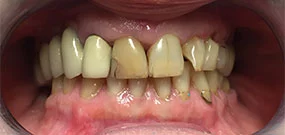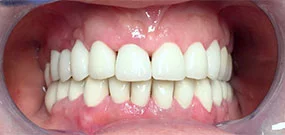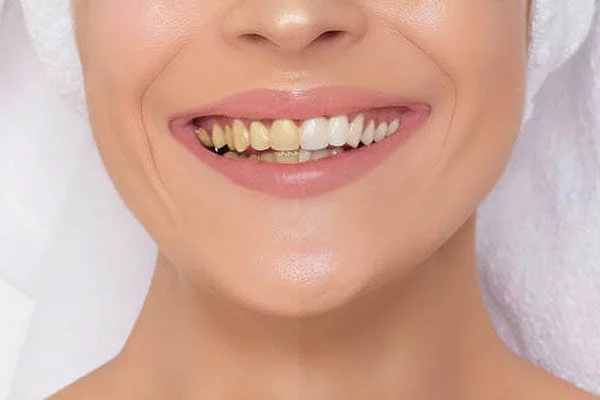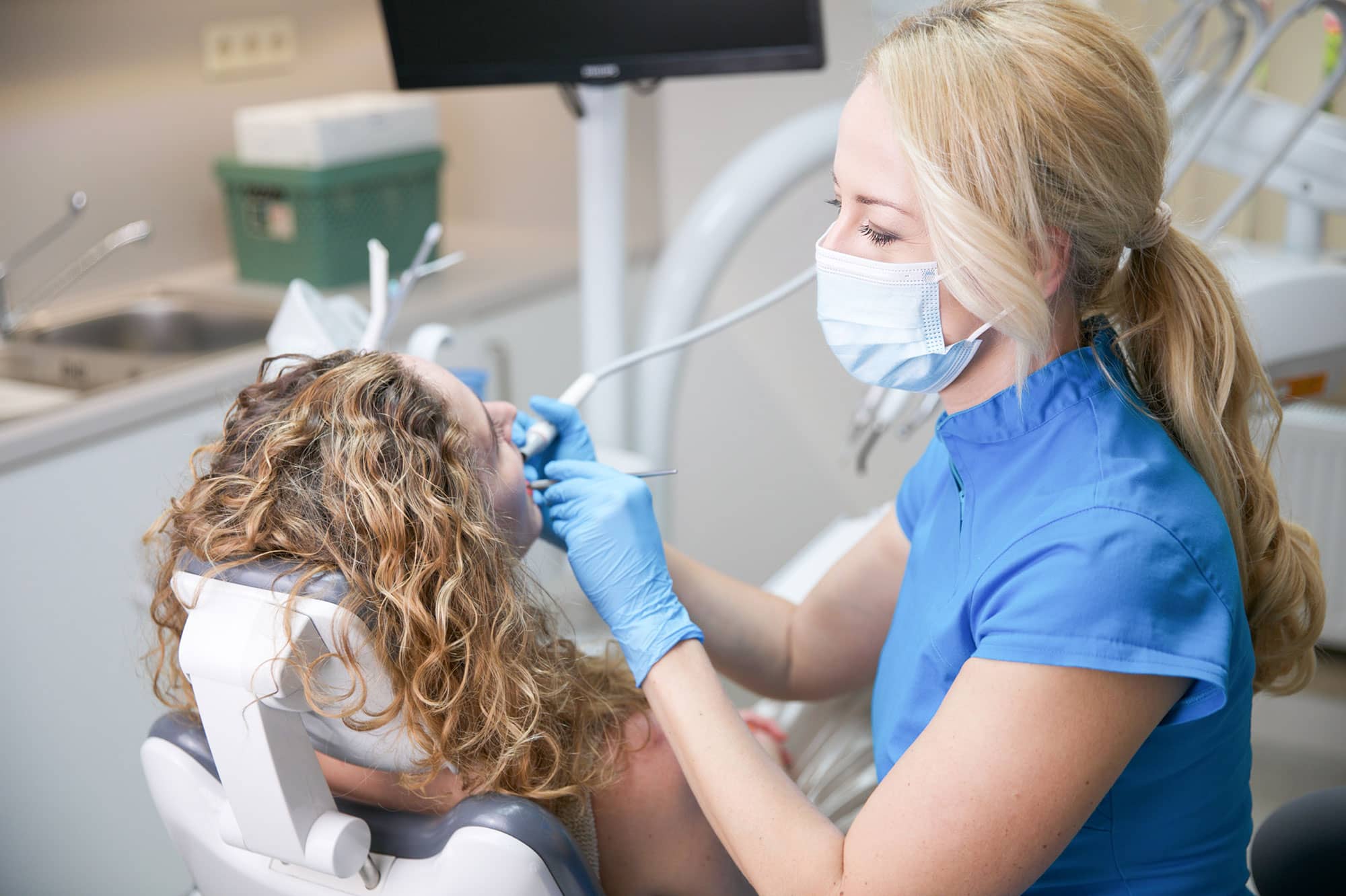A neat, white and healthy set of teeth gives confidence to its owner. Stained teeth, on the other hand, might give the urge to hide the unwanted deterioration. We hardly open our mouths during talking, and the overall width of the smile decreases. In time, teeth discoloration might unfortunately result in self-evaluation problems.
In this article you will read about:
- What causes teeth discoloration?
- Possible causes for deterioration affecting the teeth surface
- Possible causes for internal deterioration affecting the teeth structure
- Treatment of stained teeth – what can you do?
- Products suitable for home use
- Dental procedures
- How to keep your teeth white
Bright teeth as a standard of beauty and good looks is not a fashion only of the 21st century. Ancient Romans held the ammonia in urine to have teeth bleaching properties. Ancient Egyptians manufactured a specific dental bleaching paste using the mixture of ground up pumice stone and wine vinegar.  The first toothbrushes made out of hair appeared during the 17th century. These, apart from maintaining the whiteness of the teeth, also played a pivotal role in preventing teeth decay. During the 1800’s, dental practitioners discovered the connection between the discoloration, diseases and traumatic injuries of the teeth.
The first toothbrushes made out of hair appeared during the 17th century. These, apart from maintaining the whiteness of the teeth, also played a pivotal role in preventing teeth decay. During the 1800’s, dental practitioners discovered the connection between the discoloration, diseases and traumatic injuries of the teeth.
Thanks to innovative procedures of the last 30 years, dental bleaching technology has rapidly advanced.
What causes teeth discoloration?
There are a number of causes for teeth discoloration. We can distinguish between deterioration on the teeth surface caused by external factors and internal deterioration affecting teeth structure.
Possible causes for deterioration affecting the teeth surface:
- Pigments – dark pigments found in berries as well as artificial colorings might cause discoloration of the tooth surface
- Tannoid (tannin) – a compound found in large quantities in black tea and red wine, also found in smaller quantities in white wine
- High acidic foods and drinks – coffee, carbonated beverages (both sugary and sugar-free variations alter the coloration of the teeth), citrus fruits
- Smoking
- Salivary excretion abnormalities
- Change regarding dental enamel
- Inadequate oral hygiene – leading cause for surface discoloration
Possible causes for internal deterioration affecting the teeth structure:
- Materials applied during dental procedure – amalgam restoration
- Tooth decay
- Fluorosis – damage caused by ingestion of excessive fluoride during infancy
- Excessive gastric acid secretion, disease-processes-acute reflux, anorexia, bulimia
- Teeth trauma
- Infection during pregnancy – some viral infections during pregnancy might affect the coloring of the unborn child’s deciduous teeth
- Medicines– tetracycline
- C and D vitamin deficiency
- Hereditary factors
Treatment of stained teeth – what can you do?
 You can choose from a range of tooth whitening procedures. Before you get started it is best to consult a professional who will check whether your teeth are suitable for whitening. It is advisable that your dentist monitors your teeth-whitening process to prevent accidents.
You can choose from a range of tooth whitening procedures. Before you get started it is best to consult a professional who will check whether your teeth are suitable for whitening. It is advisable that your dentist monitors your teeth-whitening process to prevent accidents.
Tooth whitening cannot be carried out on patients with serious developmental disorders, patients who are allergic to any substance used for the procedure, in the case of sensitivity to light or in the case of mental instability. Patients must postpone tooth whitening treatments if they are pregnant or breastfeeding, or under conservative dental treatment.
Products suitable for home use
- Whitening toothpastes – products containing hydrogen peroxide or carbamide peroxide
- Mouthwash – use twice daily, before brushing teeth; swish for a full 60 seconds.
- Teeth whitening strips – clear strips with an uneven inner surface, containing hydrogen peroxide. The patient must keep them on teeth for a specified time
- Whitening kit – usually contains a peroxide gel, silicone mouth trays and a LED light
Dental procedures
- Microabrasion treatment: a special procedure to remove part of the top layer of the tooth enamel
- Whitening intact teeth: the dental hygienist covers gums with protective substance, and then applies hydrogen peroxide or carbamide peroxide on the surface of teeth to be treated. Then exposes teeth to a special laser light. Treatments usually take 30-90 minutes and an average of 1-3 treatments are necessary for the best results.
- Whitening root canal treated teeth: during the procedure the dental hygienist fills teeth with a special whitening substance
- Dental veneers: if teeth are stained due to decay or other internal causes, veneers might be necessary to create a bright smile. Veneers are placed over the surface of the patient’s own teeth so they feel natural
How to keep your teeth white
It is worth considering the following advice to make sure you have a bright smile even if you still want to enjoy a cup of coffee every morning.
- Brush your teeth regularly – if you eat or drink anything that might stain your teeth, brush as soon as possible, preferably with whitening toothpaste
- Rinse – if you can’t brush, at least rinse with a glass of water
- Use dental floss – this helps you to clean between teeth to remove bits of food that might stain your teeth
- Visit your dentist regularly – removing tartar helps maintain the whiteness of your teeth
- Consume dairy products – include cheese and yogurt in your diet daily
- Cut down on carbohydrates – reduce the amount of refined carbohydrates in your diet


